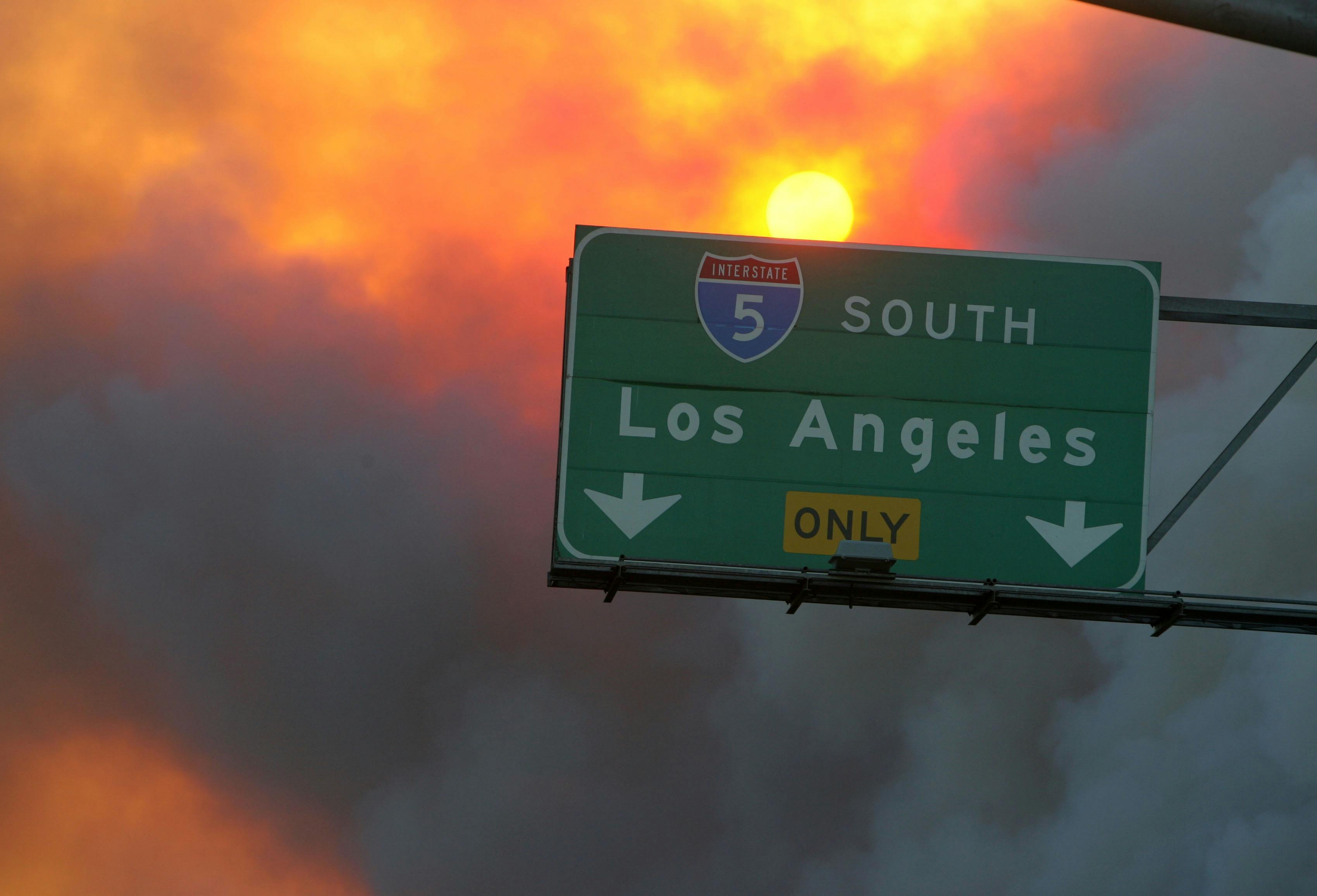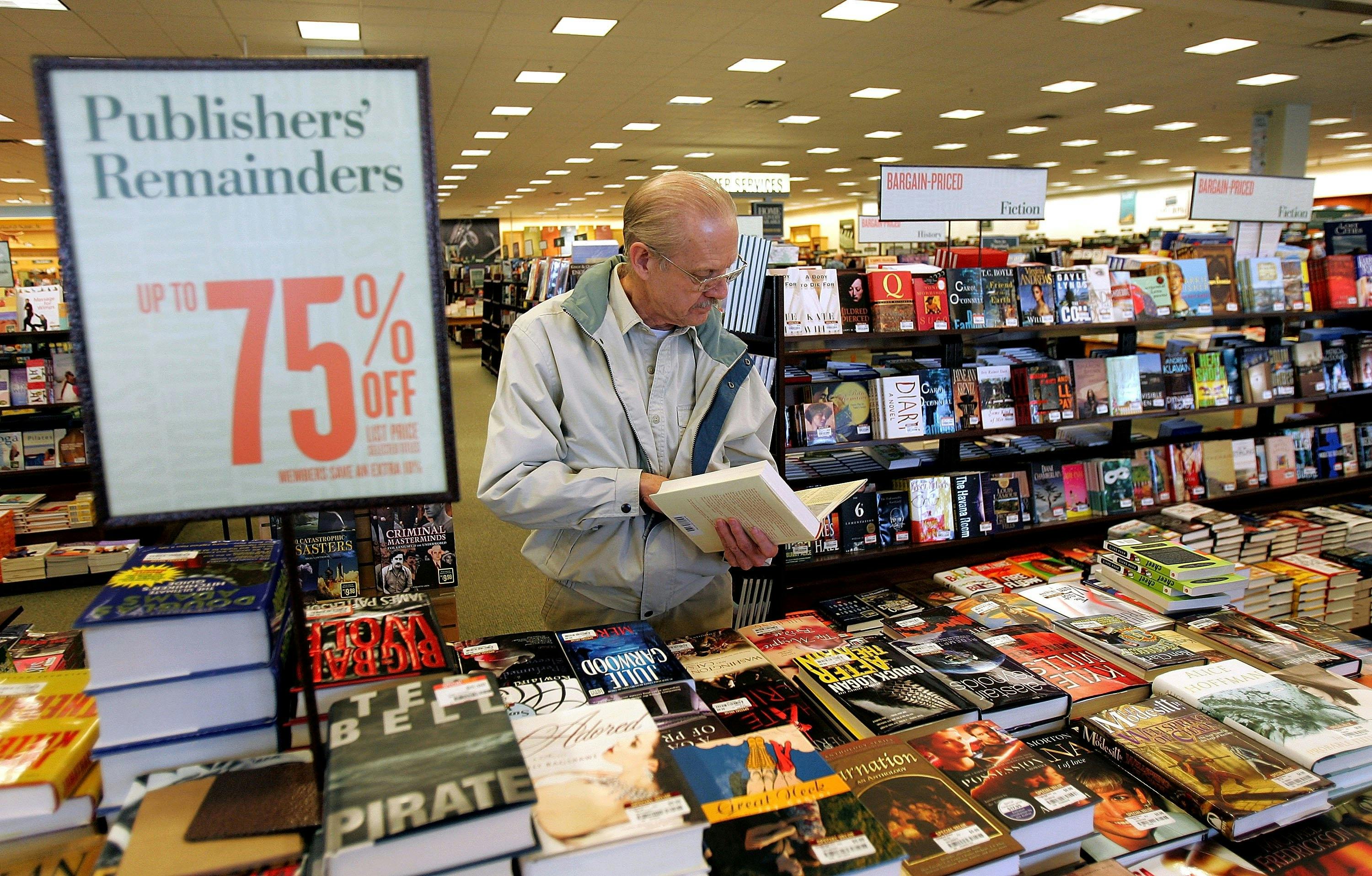
Of all the advice my mother’s given me, she’s repeated three things most often: Don’t walk alone at night. Avoid processed food. And don’t ever move to California.
“California’s going to fall off the face of the country and sink into the ocean,” she’d say, referencing the “big one”—the massive earthquake that scientists predict could one day break open California’s mighty San Andreas Fault. Barring that, she said, California’s wildfire seasons and air pollution would mess with my asthma. The pesticides sprayed by massive agricultural operations would probably get into my drinking water—if I had drinking water at all. Droughts and extreme heat were common, and only stood to get worse due to climate change.
I’ve long considered this advice hyperbolic and self-interested (of course my mom doesn’t want me to move far away). But after the summer California has had, I think she might be on to something.
In the last three months, the state’s extreme wildfires and heat waves have endangered millions of residents’ health and safety, and killed at least eight. At the same time, scientists published several papers asserting those events only stand to get worse over time. My mother was wrong about the “big one”—scientists don’t think California will actually fall into the ocean when it happens—but Wednesday’s 4.4-magnitude shock in Los Angeles is a reminder of the very real earthquake threat.
Is this really a place to put down roots?
California is already a fairly risky place to live compared to the rest of the country. It contains eight of the ten most air-polluted cities in the United States; air pollution can trigger asthma and premature death, and research published Monday shows it can reduce intelligence, too. California also ranks number one on U.S. News and World Report’s list of disaster-prone states, with 281 major natural disasters since 1953. (Texas and Oklahoma are second and third, with 255 and 173 disasters, respectively.)
The disaster ranking is due in part to the sheer diversity of catastrophes California regularly faces: earthquakes, wildfires, mudslides, flooding, and winter storms. And this summer alone has provided a case study on how disasters affect livability. The ongoing wildfire season has yet again broken multiple records—including California’s largest blaze on record—affecting air quality in cities dozens of miles away. “Breathing,” one woman told NPR, “has become a chore.” Heat records were set in the state, too, including the hottest temperature ever recorded in Los Angeles. Heat waves caused power outages that left tens of thousands without air conditioning.
At least there’s no hurricanes in California—yet. Earlier this month, CBS News reported that rising Pacific Ocean temperatures have increased the risk that hurricane-force winds could hit Southern California. “It could happen, especially if the ocean temperatures continue to stay in this anomalously warm state,” oceanographer Art Miller told CBS, adding that the risk could increase as climate change continues to warm the ocean. Then again, as NASA climatologist Bill Patzert pointed out in 2012, “If global temperatures were to rise six degrees, a hurricane in California would rank very low on the list of things we’d need to worry about.”
Global warming is indeed the biggest threat to California’s livability—and that’s according to the state’s own government scientists. On Monday, the state’s Natural Resources Agency released a report finding that Californians will be more likely to “endure more illness and be at greater risk of early death” from increased heat stress and wildfire smoke inhalation as the world continues to warm.
The entire report is apocalyptic—a word Governor Jerry Brown has used to describe the threat climate change poses to the state. In a warmed world, California residents can also expect “increased vector-borne diseases, and stress and mental trauma due to extreme events and disasters, economic disruptions, and residential displacement,” it read. By 2100, the size of wildfires there could nearly double, and two-thirds of Southern California’s beaches could be lost to erosion.
These threats are the main reason California’s been a leader in the fight to reduce greenhouse gas emissions, and is making plans to withstand the impacts of our warming world. Next month, it will release a report on how to create new, climate-resilient critical infrastructure.
But there are two hard truths. The first is that California cannot prevent these impacts on its own, no matter how much it cuts emissions. The second is that adaptation and resilience measures can only do so much, given the sheer breadth of the problem. For example, while earthquakes may not cause California to sink, NASA-funded research published Wednesday found that the land in Central California is actually sinking due to a lack of groundwater, which has been depleted by drought and agricultural demand. The sinking is “starting to destroy bridges, crack irrigation canals and twist highways across the state,” according to a report in Mother Jones.
California’s fate thus lies in everyone’s hands. Ensuring the state’s future livability will require that all nations, and especially major polluters such as the U.S., collectively and dramatically reduce their emissions. Otherwise, prospective Californians will have a lot to consider before making their move. The “big one” might not even top the list.

Can things get worse for Barnes & Noble? In 2018, it comes across as a silly question. Decades removed from its heyday as the brutalizer of small bookshops—the inspiration for Tom Hanks’s soul-destroying monolith in You’ve Got Mail—the store is running on fumes. Its stock price sits at five dollars. Its high-profile attempts to compete with Amazon in e-commerce and e-books have been expensive failures. It has had four CEOs in the past five years, a period in which it has closed stores and laid off staff, including 1,800 in February.
But on Tuesday, Barnes & Noble hit a new low when its last CEO, Demos Parneros, sued the company for defamation and breach of contract. Parneros alleges that he was pushed out after a deal to sell the company to an unnamed buyer fell through, and that Barnes & Noble covered it up by bringing bogus charges of sexual harassment and bullying against him. Barnes & Noble fired back that Parneros had been “terminated for sexual harassment, bullying behavior, and other violations of company policies.” (It had previously declined to specify the former CEO’s alleged misdeeds in a statement announcing his departure on July 3.)
Parneros’s filing is apparently designed to generate a settlement and should be taken with a grain of salt. Still, its contents are damning. It portrays a company in dire straits being presided over by a longtime chairman, the 76-year-old Len Riggio, who spends his time berating subordinates. While Riggio has presented himself as the heart and soul of the company, the lawsuit depicts him as an albatross. It shows that the company is struggling in every conceivable aspect of its business, which means that finding a new CEO—let alone a buyer capable of turning the company around—will be exceedingly difficult.
For the past four decades, Riggio has been one of the most consequential figures in publishing—only Amazon founder Jeff Bezos has had a greater influence over the current retail landscape. An art collector and philanthropist with a ruthless streak, Riggio spent two decades steamrolling independent booksellers and bending publishers to his will. But when Amazon emerged, Riggio was caught on his back foot. He lacked Amazon’s technical expertise and its even deeper pockets. Barnes & Noble’s attempts to compete with Amazon—a clunky website, then a clunky e-reader—were disasters that cost the company hundreds of millions of dollars.
Between Amazon’s disruption, the 2008 financial crisis, and the ongoing retail apocalypse, Barnes & Noble has struggled to stay afloat. It has lost money in eight of the last ten quarters and six of the last eight years. Riggio has at times seemed ready to exit the company: He announced his retirement in 2016, but never stepped down as chairman.
Much of Parneros’s lawsuit is aimed at Riggio’s leadership. According to the filing, Riggio is an abusive manager given to publicly belittling subordinates—he called one a “head case” and “dead wood,” while he described another as “schizophrenic.” Parneros also reports that Riggio described the company’s CFO—the person Parneros supposedly bullied—as being a “bean counter” unsuited for the rigors of the position.
It’s this portrait of Barnes & Noble’s corporate culture, rather than the circumstances of Parneros’s firing, that sticks out. (The ex-CEO’s claim that his personal reputation has been damaged by Barnes & Noble is based on articles in The Washington Post and Bloomberg that don’t directly imply he was fired for sexual harassment. He also cites a self-published blog, reader comments, and a Forbes contributor’s blog.)
There has been growing frustration with Riggio in the publishing industry, as Barnes & Noble has failed to settle on a strategy after it all but abandoned its e-book business. Since Borders went out of business in 2011, publishers have become enormously dependent on Barnes & Noble, which for many is their second-largest account after Amazon.
According to the suit, Riggio’s solution may be to just sell the company. Here is part of the section about the alleged sale, which fell through in June:
Riggio was extremely upset about the withdrawal of the book retailer’s offer. He said that he felt that he no longer had a graceful exit from the company. Riggio made many statements about how B&N could not survive without his being more involved. He said that he had to run the company and could not be a spectator. Riggio routinely repeated that he had to be “all in” or “all out” and that B&N could not survive without him as the founder making the decisions.
Who could this retailer be? It’s unlikely to be Amazon, which is forging its own path and has thus far seemed only marginally interested in physical book retail. It’s not clear that Books-a-Million and Half-Price Books, the second- and third-largest general trade book retailers, have the resources, let alone the ambition. One possible candidate, according to multiple sources in book publishing and retail, is the Canadian book seller Indigo, which has defied the bleak trends in publishing in recent years, posting profits and selling literary fiction by the crateload. (People in book publishing talk about Indigo the way liberal voters talk about moving to Canada—as an almost mythical promiseland.)
Indigo is known to be interested in entering the American market and is set to open its first American store in the fall. It has the expertise and resources to pull off such a deal. (Barnes & Noble did not respond to a request for comment. Indigo would not comment on a proposed sale.)
Many in publishing seem to believe that only Indigo could do the job of reviving Barnes & Noble. The company’s current situation—declining revenue, an aging chairman, and an apparently toxic corporate culture—isn’t great. Riggio has traditionally stepped in to grab the reins in times of trouble. But after firing four CEOs in five years, Riggio’s problem might be staring back at him in the mirror.

No comments :
Post a Comment